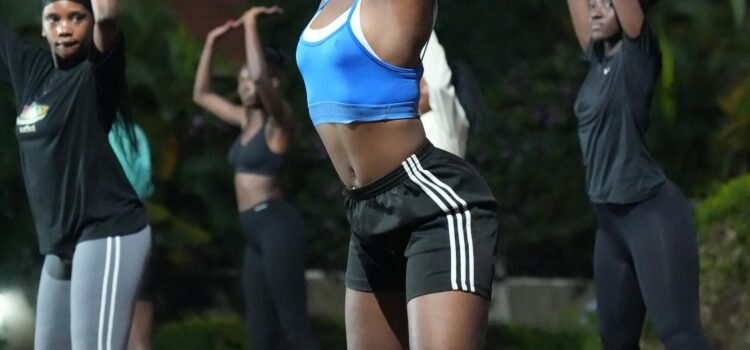
Choosing the Perfect Workout Clothes: A Comprehensive Guide
Selecting the right workout attire is essential for a comfortable and effective exercise routine. Your clothing can significantly impact your performance, comfort, and overall enjoyment of your workouts. By understanding the key factors to consider, you can create a wardrobe that supports your fitness goals.
Fabric Matters: The Foundation of Comfort
The fabric of your workout clothes plays a crucial role in moisture management, breathability, and overall comfort.
- Moisture-wicking fabrics: Opt for materials that efficiently draw sweat away from your skin, keeping you dry and comfortable. Popular choices include polyester, nylon, and merino wool. These fabrics are designed to prevent moisture buildup, reducing the risk of chafing and discomfort.
- Breathable materials: Ensure your workout clothes allow for adequate airflow to prevent overheating. Breathable fabrics help regulate your body temperature, keeping you cool during intense workouts.
- Avoid cotton: Cotton tends to absorb moisture and can feel heavy and uncomfortable when wet. While it may be a comfortable choice for casual wear, it’s generally not ideal for workouts.
Fit is Key: Moving Freely and Confidently
The fit of your workout clothes is equally important as the fabric. A well-fitting outfit should allow for unrestricted movement and prevent chafing or irritation.
- Comfort and mobility: Your clothing should feel comfortable and not restrict your range of motion. Avoid overly tight garments that can hinder your performance or cause discomfort.
- Consider your activity: Different types of exercise may require specific clothing styles. For example, compression gear can provide support for running or high-impact workouts, while loose-fitting clothing is suitable for yoga or Pilates.
- Avoid baggy clothing: While loose-fitting clothes may be comfortable for some activities, they can be a safety hazard, especially in activities like running or cycling. Baggy clothing can get caught on equipment or interfere with your movements.
Weather Considerations: Dressing for the Seasons
The weather can significantly impact your choice of workout attire. It’s essential to dress appropriately for the climate and season to ensure optimal comfort and performance.
- Layer up for colder weather: In cooler temperatures, consider wearing layers that can be easily removed as you warm up. This allows you to adjust your clothing to match your changing body temperature.
- Stay cool in warmer weather: Opt for lightweight, breathable fabrics and loose-fitting styles to promote airflow and prevent overheating. Consider wearing moisture-wicking fabrics to keep you dry and comfortable even in humid conditions.
- Protect yourself from the elements: If you’re exercising outdoors, be mindful of the weather conditions. Wear appropriate clothing to protect yourself from rain, wind, or excessive sun exposure.
Additional Factors to Consider
- Style and personal preference: While functionality is crucial, it’s also important to choose workout clothes that you feel confident and comfortable in. Consider your personal style and preferences when selecting your attire.
- Support and compression: For activities that require additional support or compression, consider wearing garments specifically designed for those purposes. Compression gear can help reduce muscle fatigue and improve blood circulation.
- Seams and tags: Avoid clothing with seams or tags that may irritate your skin. Look for garments with flat seams or tagless designs.
By carefully considering these factors, you can select workout clothes that enhance your performance, improve your comfort, and boost your motivation. Remember, the right clothing can make a significant difference in your overall exercise experience.



















